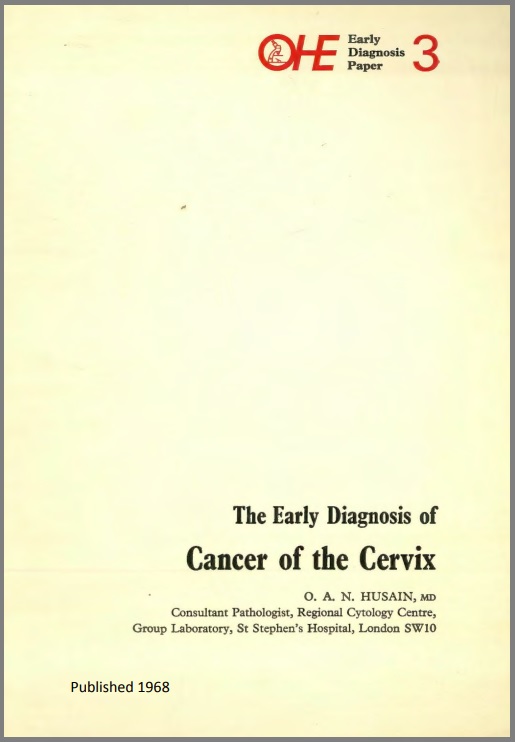Cancer < 1 min read|01/07/1968 ALTHOUGH cervical cancer causes only 1 per cent of female deaths, it is responsible for almost one quarter of all deaths…
< 1 min read|01/07/1968
ALTHOUGH cervical cancer causes only 1 per cent of female deaths, it is responsible for almost one quarter of all deaths from cancer amongst women under the age of fifty.
For more than fifty years it has been believed that there are one…
ALTHOUGH cervical cancer causes only 1 per cent of female deaths, it is responsible for almost one quarter of all deaths from cancer amongst women under the age of fifty.
For more than fifty years it has been believed that there are one or more stages of development before true invasive cancer appears; these early stages provide an opportunity to deal with the disease at an early and pre-cancerous stage. Moreover, effective techniques exist for making diagnosis at this stage. The technique most used is exfoliative cytology which provides accuracy levels of between 70 per cent and 95 per cent.
All established methods of screening are quick and entirely free from danger. Although a fair proportion of the public will attend for tests, those most at risk seem least willing to attend clinics. Assiduous long term follow-ups are essential, since the recall rates have so far been poor.
The cost of screening three-quarters of the women at risk over twenty-five years of age at five-yearly intervals would be little more than £3 million per annum. A successful screening campaign would double the immediate bed requirements if it were followed by adequate treatment of all early in-situ cases. Long term, the hospital bed usage for the disease should diminish by approximately two thirds due to early detection and treatment at this stage requiring shorter periods of hospitalisation.
Even should the general practitioner not wish to participate in the physical collection of smear material, his role in encouraging the initial and follow-up examinations amongst apparently healthy women is of vital importance.
